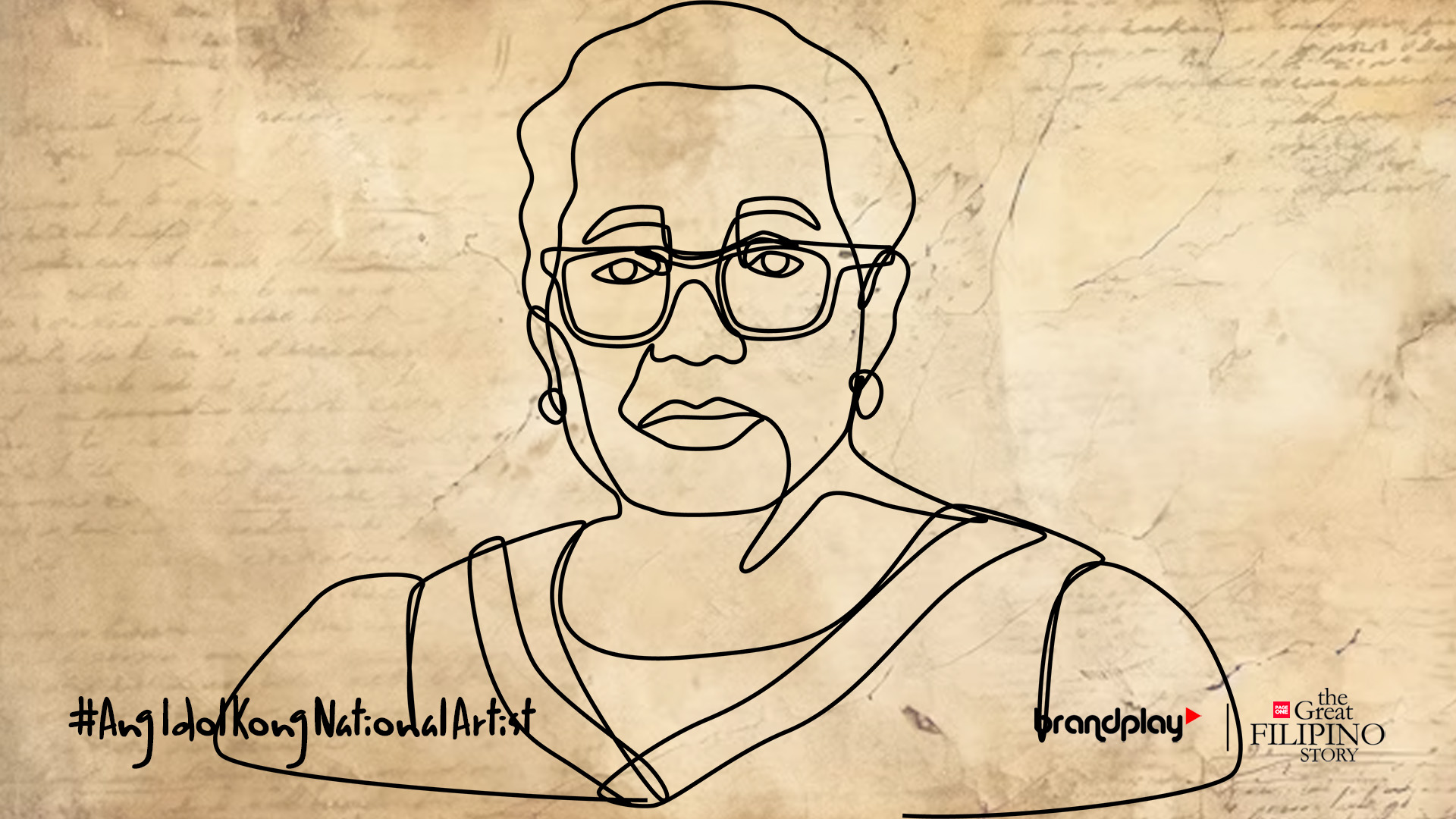Puppets are not just dolls. For Amelia Lapeña-Bonifacio, they are gateways to a magical world where children can laugh, learn, and find empowerment.
As the “grand dame of Southeast Asian theater,” Lapeña-Bonifacio revolutionized Filipino puppetry. She effectively infused indigenous elements with music, dance, and drama, bringing Filipino folklore to life on stage. Her plays inspired young generations and significantly impacted children’s theater in Southeast Asia.
Creative roots
Her childhood in prewar Binondo can be described as a lively and artistic time. Their community was filled with talented individuals, including a painter, a comedian, and a musical family who often performed for free. There were also vaudeville shows, opera performances, and movie houses that she and her family enjoyed.
Aside from living in a creative environment, she was raised by a family who loves arts. Her mother loved zarzuela and often took the family to shows, while her father, a gifted storyteller, entertained them with his tales. Her upbringing strongly influenced her own artistic development.
During World War II, she had the freedom to explore her interests. She read extensively, wrote on a typewriter, drew with chalk, and experimented with clay and sewing, unknowingly preparing herself for a career in theater.
Setting the theater stage
When she finally realized her passion, her theater journey began. In high school, she first delved into the art of set design. She worked in the set production of the play “The Romancers”.
Her passion for creating immersive stages grew even stronger during her college years at the University of the Philippines. There, she dedicated herself to designing sets for different university theater plays and one of her works for the International Dance Festival earned her recognition for her exceptional talent.
Puppetry
Renowned as an icon in Filipino puppetry, her interest in this art form began during her fellowship participation. The first fellowship that ignited her passion for puppetry was the 1973 ASPAC Fellowship in Japan. She was invited to watch the bunraku (puppet theater) of Monzaemon Chikamatsu, a highly regarded Japanese dramatist, and to learn about their traditional theater.
Chikamatsu’s plays left her fascinated and inspired. She later revealed in a UPD journal that she “secretly promised herself that she would bring this beautiful theater to our country for the Filipino children to enjoy.” Her commitment to introducing a new form of puppet theater to the Philippines is something that will endure and unexpectedly define her legacy in Philippine theater.
Following the ASPAC Fellowship, she also pursued different fellowships—the Ford Foundation Fellowship and the Toyota Foundation Fellowship—to learn about Southeast Asian traditional theater and to attend an international children’s theater festival, where she could observe children’s theater from around the world.
Drawing from these theater play inspirations, she created “total theater”, her own theater form where she integrated music, dance and drama in the service of educating, enlightening and entertaining young Filipinos.
To realize her vision of bringing a captivating theater in the country, she founded Teatrong Mulat. This is a puppet theater company dedicated to creating Filipino plays for young audiences that brought numerous plays which were written by Amelia were “Abadeha: Our Cinderella,” “Puppet Passion,” and “Sita and Rama: Puppet Ramayana.”
In addition to entertaining children, her puppet shows were designed to ignite their imaginations, encourage them to confront life’s challenges, contemplate the broader world, and ponder how they could contribute to its improvement. This was particularly meaningful during Martial law, a period when expressing ideas about freedom and justice was difficult.
While her dedication to her craft and passion for the theater are commendable, her most enduring legacy lies in the profound impact she had on numerous children. The characters she brought to life through her puppetry left an indelible mark, igniting their creativity, imparting valuable life lessons, and nurturing a deep appreciation for art and their cultural heritage.





















